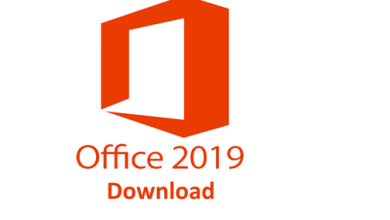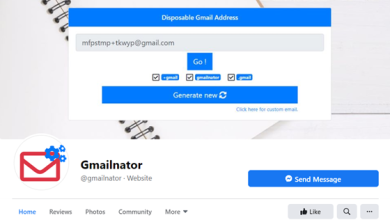
Let’s face it: we’ve all used names and phrases to show how we felt. Today, there are a lot of emojis you can use to spice up your texts.
Aside from emojis, we now have characters that represent us on social networking and instant message sites. This post is about emojis and how to install new ones on an Android phone.
No matter what texting app you use, the famous Gboard app for Android has a lot of emojis that you can use in text messages. Emojis could make a boring talk more interesting and fun.
But the trouble is that sometimes Android users want to install new emojis. Some friends may have used a new emoji in a chat, but it’s not on your Gboard app.
Ways to Get New Emojis on Android
In these circumstances, you’ll need to figure out how to install new emojis on your Android phone. You can do many things to get new emojis on Android; we’ve shared a few.
1. Update your operating system
Well, every time Google updates Android, it adds new emojis. The new emoji can be found on the Gboard or any other Android keyboard app.
But if you have an old version of Android, you might need help to be able to use the new emojis. So, if you want to establish new emojis on Android, you should first update your phone.
Modern emoji connectivity problems will also be fixed when the Android version is updated. So, if you see ‘OBJ’ a lot in apps or websites, you must immediately update your Android operating system. Here’s how to update a phone with Android.
1. On your Android device, unlock the Settings app.
2. On Settings, scroll down to the About device and tap on it.
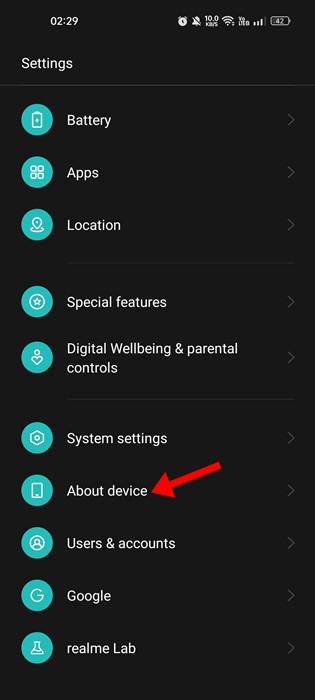
3. On the About device, tap on the System update or Update.
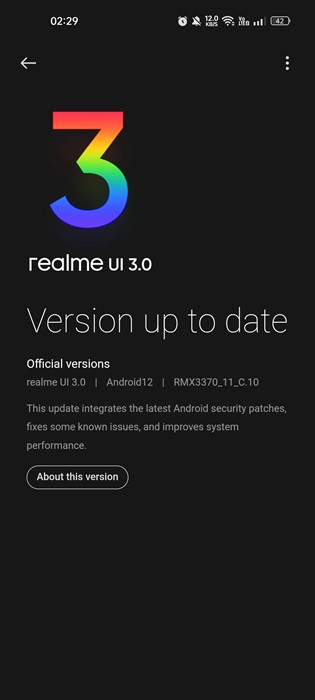
All done! Now, your phone will check to see if any Android version changes accessible. If it finds any, it will instantly download and install them.
2. Update the Gboard App for Android
Well, the default keyboard app for Android is Gboard. Your phone will use Gboard to offer you the keyboard and emojis, whether using SMS or any other instant message app.
Therefore, you should always keep your Gboard app up to date if you want to install new emojis on your Android phone. Open the Google Play Store and look for Gboard to update the Gboard app for Android.
Then, from the results list, open the Gboard app and tap the update button. The Gboard app on your Android phone will be updated.
3. Use the Emoji Kitchen feature of Gboard
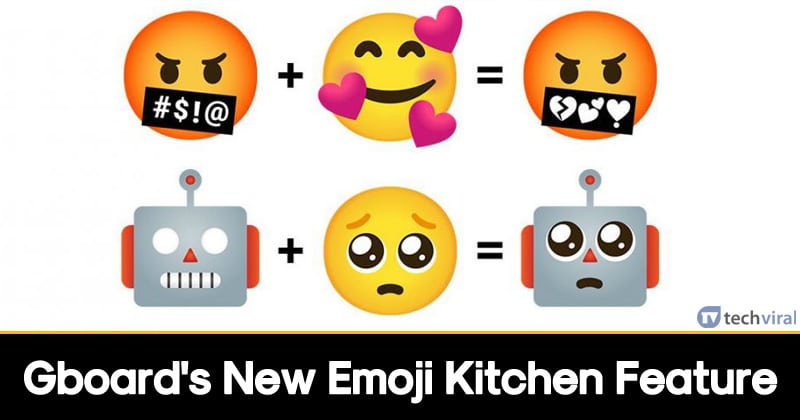
If you don’t know, Emoji Kitchen is a tool only available on Gboard. It lets you use emojis to communicate better on the internet.
With this tool, you can mix two or more emojis into one. You can put the feeling of one emoji in the shape of another. Not only that but based on the emojis you choose, Gboard will also suggest some mashups.
We have already shared a full guide on how to use Gboard on Android to make emoji mashups. It’s a great tool, and everyone with an Android phone should know how to use it.
4. Create Your Own Emoji on Android
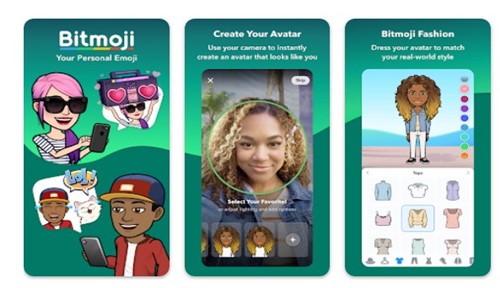
You can make your own emoji on your Android phone if you want. On an Android phone, creating your own customized emoji is simple.
You can do that with many apps. Bitmoji is one of the most famous apps that lets you make your emoji. You can create your own Bitmoji image and use it in any chat app.
To learn how to use Bitmoji characters, check out our guide on creating emojis on Android. We also shared a few other apps on that app that let you create your emoji on Android.
5. Use Emoji apps for Android
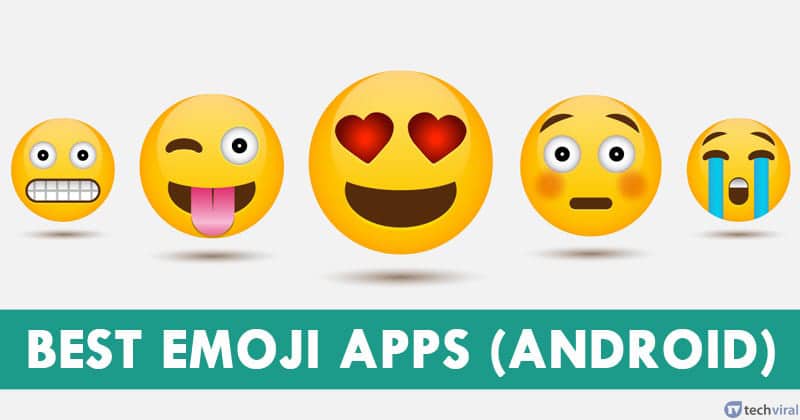
On Android, things are the same for emoji and keyboard apps. You can use them to get the newest emoji on your Android without changing any apps or Android software.
On the Google Play Store, there are a lot of emoji keyboard apps for Android that have more emoji than Gboard. Most emoji apps are free to download and use on Android.
So, check out our guide to emoji apps for Android and choose the one that works best for you. Set the app as your preferred keyboard app when you’re done installing it, and you’re good to go.
So, these are the best ways to install new emojis on an Android phone. Let us know in the comments if you need more help installing new emojis on Android. If the article supported you, please tell your friends about it.
